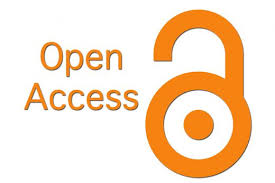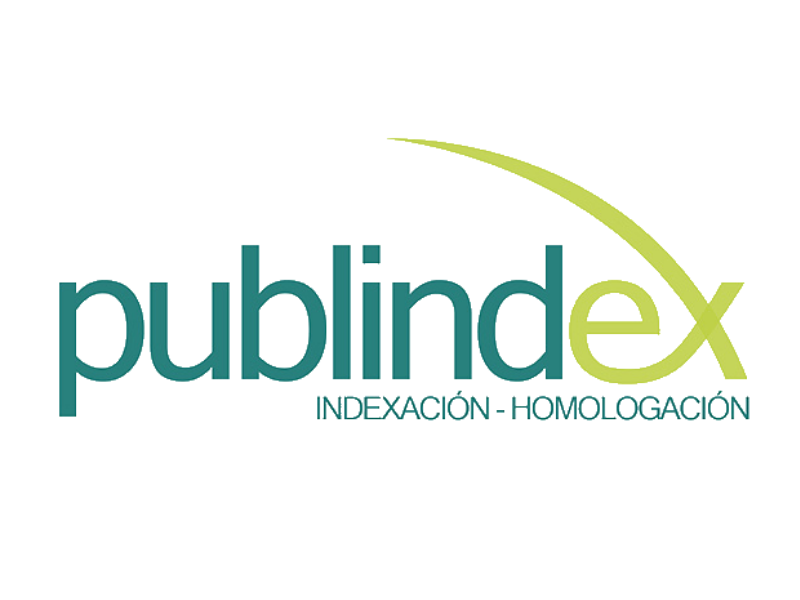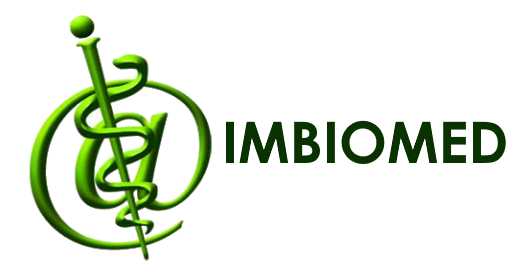Screening for precancerous lesions: criteria for representativeness of oropharynx sample collection for liquid-based cytology
Tamizaje de lesiones precancerosas: criterios de representatividad de la toma de muestra en orofaringe para citología en base líquida
![]()
![]()

Show authors biography
SUMMARY
Introduction: Liquid-based cytology (LBC) has emerged as a promising technique for detecting precancerous lesions in the oropharynx. However, the lack of standardization in sample collection poses a significant challenge. Variability in collection methods, due to the absence of clear guidelines and differences in professional training, can impact the quality and reliability of results. Establishing uniform criteria for sample collection is essential to improve the accuracy and reliability of liquid cytology as a screening tool.
Methodology: A retrospective, observational, and descriptive study was conducted with the objective of describing 10 oral cavity and oropharyngeal samples without known HPV history, available in the pathology department. The criteria used for the evaluation of these samples were documented and analyzed, based on current literature. Since these samples are not routinely collected.
Conclusions: Both conventional and liquid-based exfoliative cytology are safe and reliable for detecting preinvasive lesions in the oral cavity and oropharynx. The Bethesda 2014 system's quality criteria, originally developed for cervical and anal cytology, are applicable to oral cytology due to similarities in cellularity and cytomorphological characteristics. Cytological preparations revealed superficial cells measuring 40-60 micrometers, with well-defined, irregular cytoplasmic borders and translucent cytoplasm with occasional keratinization. These findings indicate that liquid-based cytology provides an adequate representation of cellularity and morphology in the oropharynx, aligning with Bethesda system criteria for other areas
Article visits 210 | PDF visits 14
Downloads
- Montgomery PW, von Haam E. A study of the exfoliative cytology in patients with carcinoma of the oral mucosa. J Dent Res. 1951;30:308–13.
- Sandler HC, Stahl SS. Exfoliative cytology as a diagnostic aid in the detection of oral neoplasms. J Oral Surg. 1958;16:414–8.
- Mehrotra R, editor. Oral cytology: A concise guide. Dhingra V, Mehrotra R, contributors. Uttar Pradesh, India: Springer; 2013. p. 5–10.
- Parra LA. Informe de verificación del método de citología en base líquida para muestras de citología de cuello uterino, citología anal y citología cavidad oral sistema surepath™ en el hospital universitario San Ignacio de Bogotá – Colombia. Unidad de VPH, Displasia y ETS; 2024.
- Fernández-López C, Morales-Angulo C. Lesiones otorrinolaringológicas secundarias al sexo oral. Acta Otorrinolaringol Esp. 2016. https://doi.org/10.1016/j.otorri.2016.04.003.
- Rosenthal M, Huang B, Katabi N, Migliacci J, Bryant R, Kaplan S, et al. Detection of HPV related oropharyngeal cancer in oral rinse specimens. Oncotarget. 2017;8(65):109393–401.
- Poljak M, Cuschieri K, Alemany L, Vorsters A. Testing for Human Papillomaviruses in urine, blood, and oral specimens: An update for the laboratory. J Clin Microbiol. 2023;61(8):1–19.
- De Martel C, Georges D, Bray F, Ferlay J, Clifford GM. Global burden of cancer attributable to infections in 2018: A worldwide incidence analysis. Lancet Glob Health. 2020;8–90. https://doi.org/10.1016/S2214-109X(19)30488-7.
- Olms C, Hix N, Neumann H, Yahiaoui-Doktor M, Remmerbach TW. Clinical comparison of liquid-based and conventional cytology of oral brush biopsies: A randomized controlled trial. Head Face Med. 2018;14(1):9. https://doi.org/10.1186/s13005-018-0166-4.
- López C, Figueroa J. The role of human papillomavirus (HPV) screening and management in high-risk populations: A comprehensive review. J Oral Med Dent. 2017;5(1):22–35. https://doi.org/10.1016/j.jomd.2017.02.001.
- Idrees M, Farah CS, Sloan P, Kujan O. Oral brush biopsy using liquid-based cytology is a reliable tool for oral cancer screening: A cost-utility analysis. Cancer Cytopathol. 2022. https://doi.org/10.1002/cncy.22599.
- Kujan O, Idrees M, Anand N, Soh B, Wong E, Farah CS. Efficacy of oral brush cytology cell block immunocytochemistry in the diagnosis of oral leukoplakia and oral squamous cell carcinoma. J Oral Pathol Med. 2020. https://doi.org/10.1111/jop.13153.
- De Martel C, Georges D, Bray F, Ferlay J, Clifford GM. Global burden of cancer attributable to infections in 2018: A worldwide incidence analysis. Lancet Glob Health. 2020;8(2)–90. https://doi.org/10.1016/S2214-109X(19)30488-7.
- Sandler HC, Stahl SS. Exfoliative cytology as a diagnostic aid in the detection of oral neoplasms. J Oral Surg. 2020;16(7):414–8.
- Dhingra V, Mehrotra R. Historical development of oral cytology. In: Mehrotra R, editor. Oral cytology: A concise guide. Springer; 2021. p. 5–10.
- Alsarraf R, Tyan HT, Alajlan A, Al-Dhahri S. Comparative analysis of oral brush biopsy devices for oral cancer detection. J Oral Pathol Med. 2018;47(8):870–6. https://doi.org/10.1111/jop.12672.











